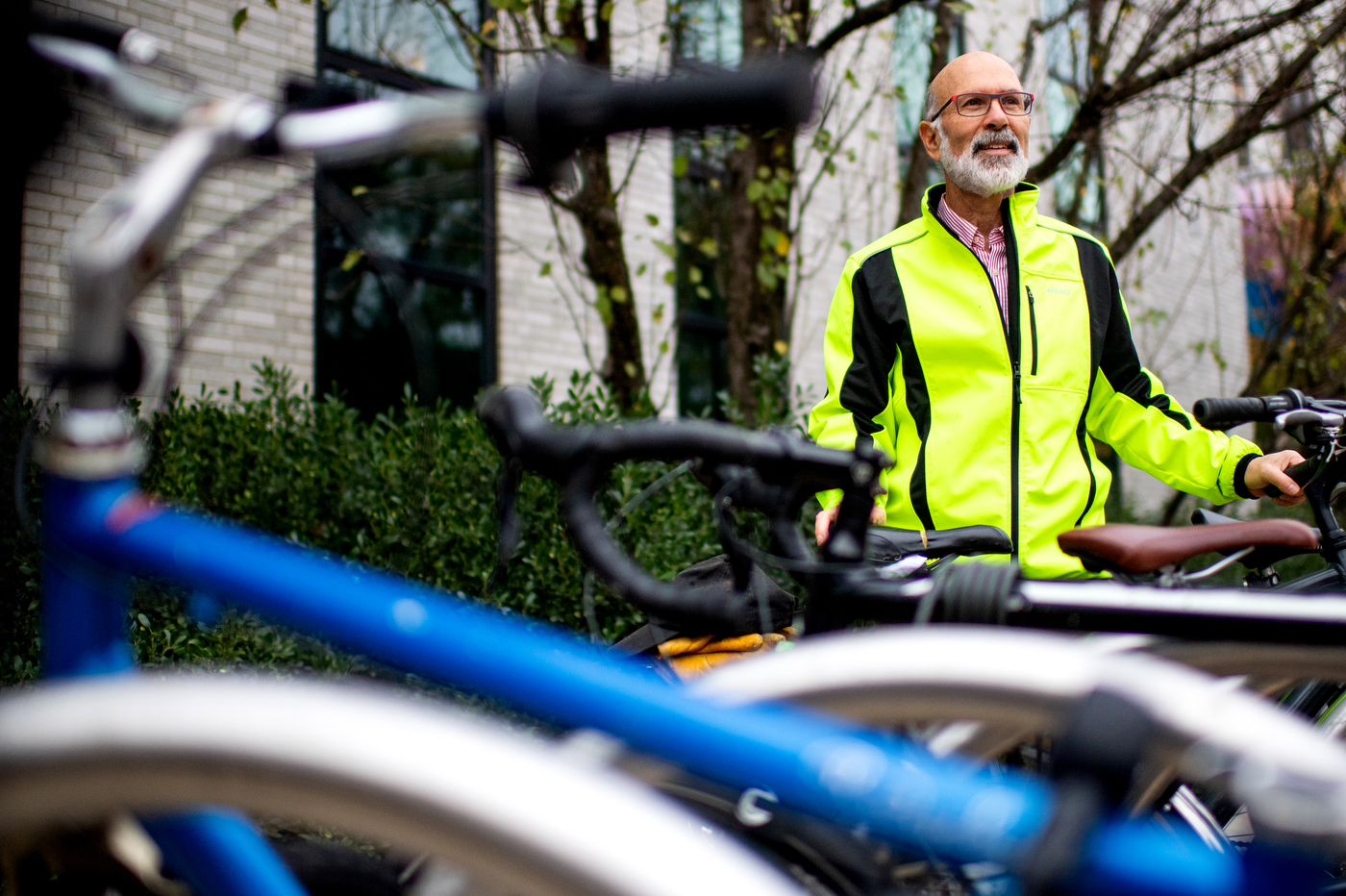Decreasing Pedestrian Fatalities by Redesigning Streets and Cars
In an effort to reduce pedestrian traffic fatalities, CEE Professor Peter Furth proposes changes to streets and cars to prioritize safety over convenience.
This article originally appeared on Northeastern Global News. It was published by Cyrus Moulton.
Why are pedestrian traffic fatalities climbing in the US and not the rest of the world?
Between 1980 and 2010, the number of pedestrians killed in traffic dropped steadily in the United States. Then, that trend reversed. In fact, pedestrian traffic deaths reached a 40-year high in the United States in 2022.
But this is a uniquely American problem, according to Northeastern University transit planning expert Peter Furth.
“It’s not happening in Europe, in Canada, in Japan — this is an American thing,” says Furth, a professor of civil and environmental engineering at Northeastern.
So, what’s going on? Moreover, what can we do about it?
Furth cites two main factors responsible for the increase in pedestrian deaths.
First, people are now walking more, compared with the last decades of the 20th century.
“We came to have fewer pedestrian and fewer bike fatalities because fewer people were walking and riding bikes,” Furth says.
Furth notes that in 1969, approximately half of all schoolchildren walked or biked to or from school, and 87% of those living within 1 mile of school walked or cycled. By 2004, fewer than 15% of children did, and by 2009, just 13% of children did.
Meanwhile, fewer people walking meant that pedestrian infrastructure was less of a priority in the increasing sprawling suburbs of late 20th-century America, Furth explains. Then, he says, because there was no pedestrian infrastructure, roads were considered unsafe for pedestrians, making people either choose or be forced to use vehicle transportation. Even some schools — for instance, the one attended by his brother’s children, Furth notes — forbade walking to school because it was considered unsafe.
“More and more we’ve made it so people don’t have to walk,” Furth says.
Furth says a change occurred around 2009, however, as younger adults began moving back to cities from the suburbs.
“There was a movement in society to ride bikes and walk more,” Furth says. “We’re fighting back — people want to walk.”
But Furth says this increased pedestrian traffic coincided with the car-focused urban planning in the United States, leading to more and more encounters between pedestrians, cyclists and vehicles.
It also coincided with other trends: notably, drivers moving toward increasingly bigger vehicles, particularly large SUVs and pickup trucks.
“Between 2009 and 2020 the front bumper has gotten higher and higher on pickup trucks and SUVs,” Furth says. “When that front is higher than your hip height, you are 30 percent more likely to die than if you are hit by a car.”

Peter Furth, professor of civil and environmental engineering at Northeastern. Photo by Matthew Modoono/Northeastern University
Furth explains that a vehicle that hits a pedestrian in the legs will generally throw the person up onto the vehicle’s hood and windshield. If you’re hit above hips, however, you’re likely to fall under the vehicle and get run over, Furth notes, leading to much more serious injury or death.
Large delivery trucks also have an increasingly urban presence.
“It used to be that large trucks would drop things in the warehouse, and then smaller trucks would be making deliveries,” Furth says. “Now we have tractor-trailers making deliveries at all the supermarkets.”
So what can we do about these trends? Furth suggests design and technology to address these issues.
Read full story at Northeastern Global News